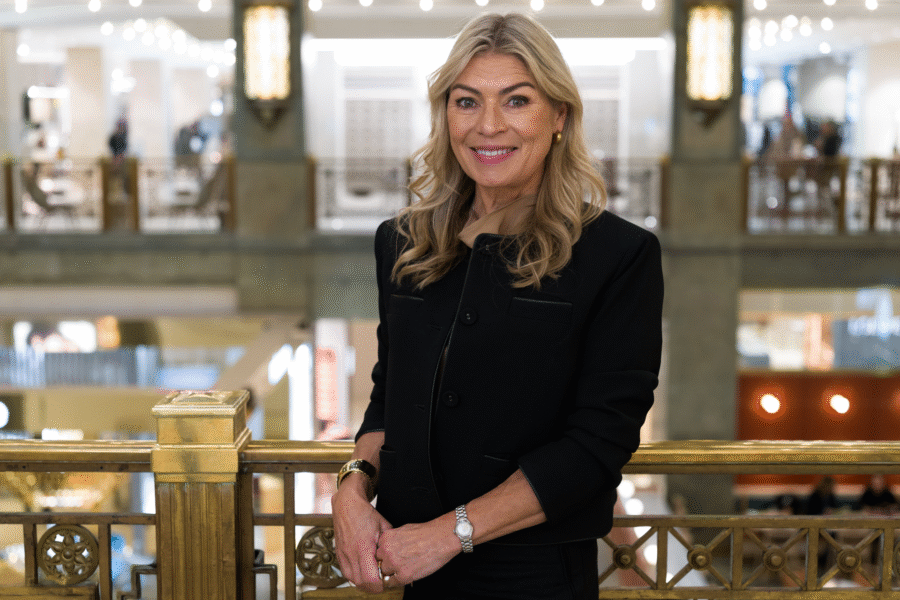
NK 110 Years – An Icon in Constant Evolution
For over a century, NK has been a cornerstone of Stockholm city life, a place where the present meets the future and where international influences blend with Swedish traditions. As the department store now celebrates 110 years, it marks not only a milestone in retail history but also a story of renewal, cultural heritage, and forward looking vision. In this interview, Karin Wickberg, Marketing Director at NK, talks about the store’s journey from its opening in 1915 to its current role as an iconic meeting place and shares her vision for NK over the next 110 years.
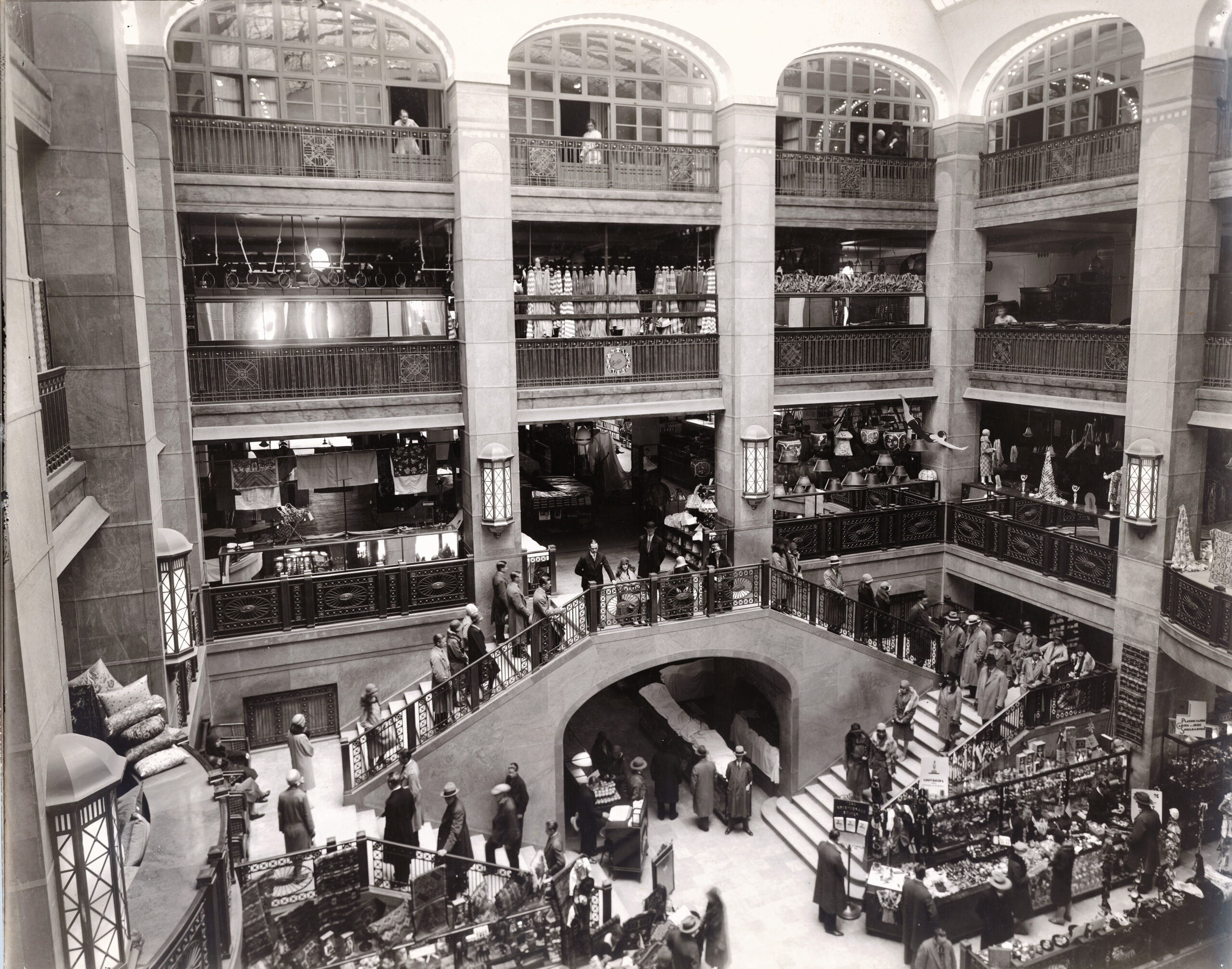
NK has been an icon on Hamngatan since 1915. What does it mean for you to celebrate 110 years this year?
It is both a great honor and a responsibility. To manage a brand that for over a century has been part of people’s lives in everyday moments as well as special occasions is unique. At the same time, it reminds us that we must always look forward to remain relevant for the next 110 years. The anniversary is an opportunity to highlight both our cultural heritage and our optimism for the future, and to celebrate together with customers, brands, and employees who have all contributed to shaping NK.
Which milestones in the store’s history would you say have shaped NK the most?
The opening in 1915 with the iconic building on Hamngatan was of course a decisive starting point. Since then, NK has often been first with many things from escalators to Barbie dolls, jeans, and international brands introduced in Sweden through us. Our tradition of grand window displays, large fashion shows, and collaborations with both Swedish and international creatives has also shaped NK’s identity.
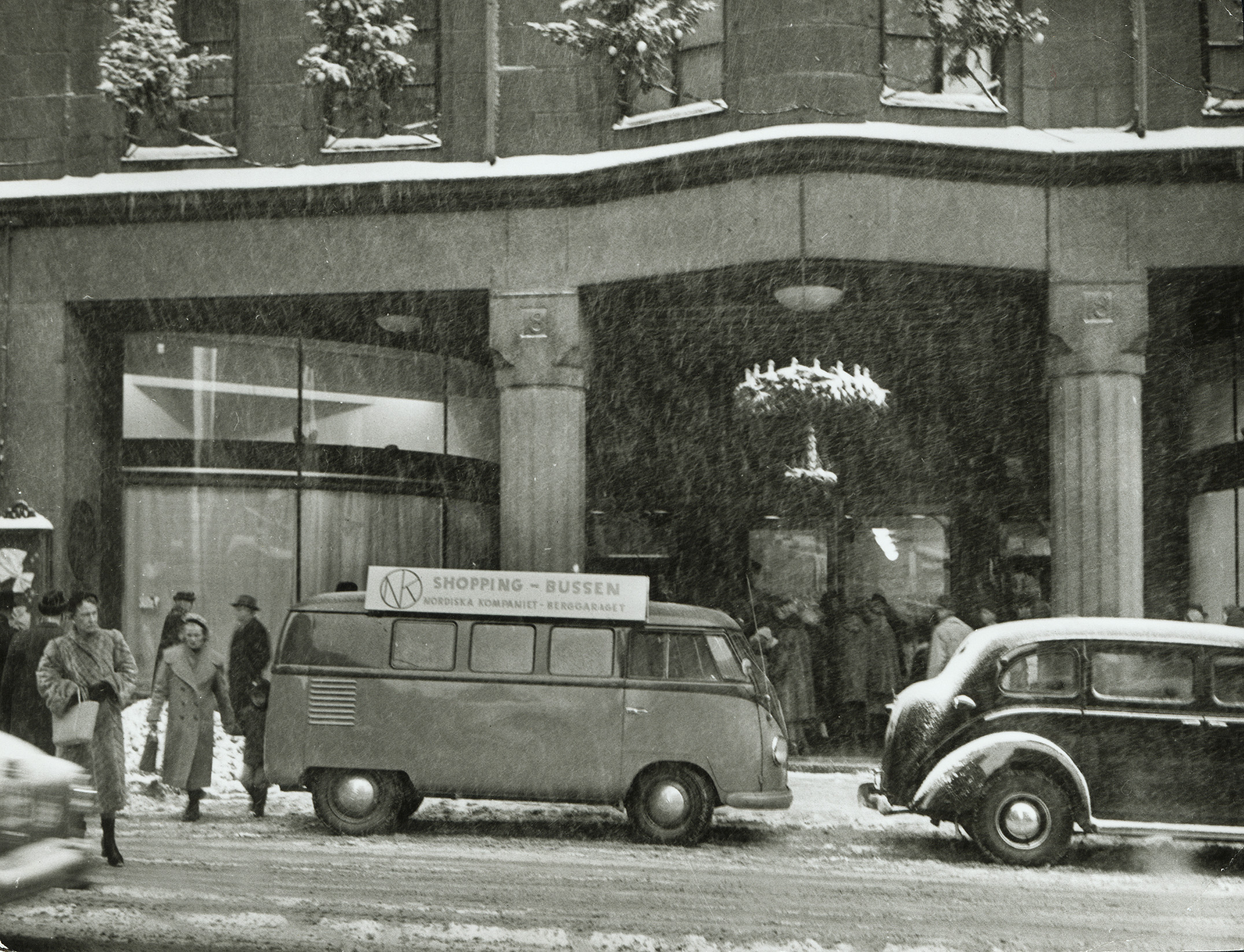
How has NK’s role in Stockholm city life and Swedish retail changed over these 110 years?
NK has always been a place where contemporary trends meet future ideas. From being the city’s window to the world in the first half of the 20th century, it is now a curated meeting place for both Swedish and international premium brands. NK has evolved from primarily a retail destination to becoming a cultural and social hub in the city, a place people visit for the experience as much as for the offerings.
How do you ensure that NK remains relevant for future consumers?
By continually developing the brand mix, adding new categories, and highlighting innovative concepts. We also work closely with our tenants to create strong store concepts, events, and services that make customers choose NK over others. For example, we are introducing new categories such as optics this year and creating a seamless experience between the physical store and digital presence. Most importantly, we listen carefully to our customers and partners to stay close to their needs and expectations.
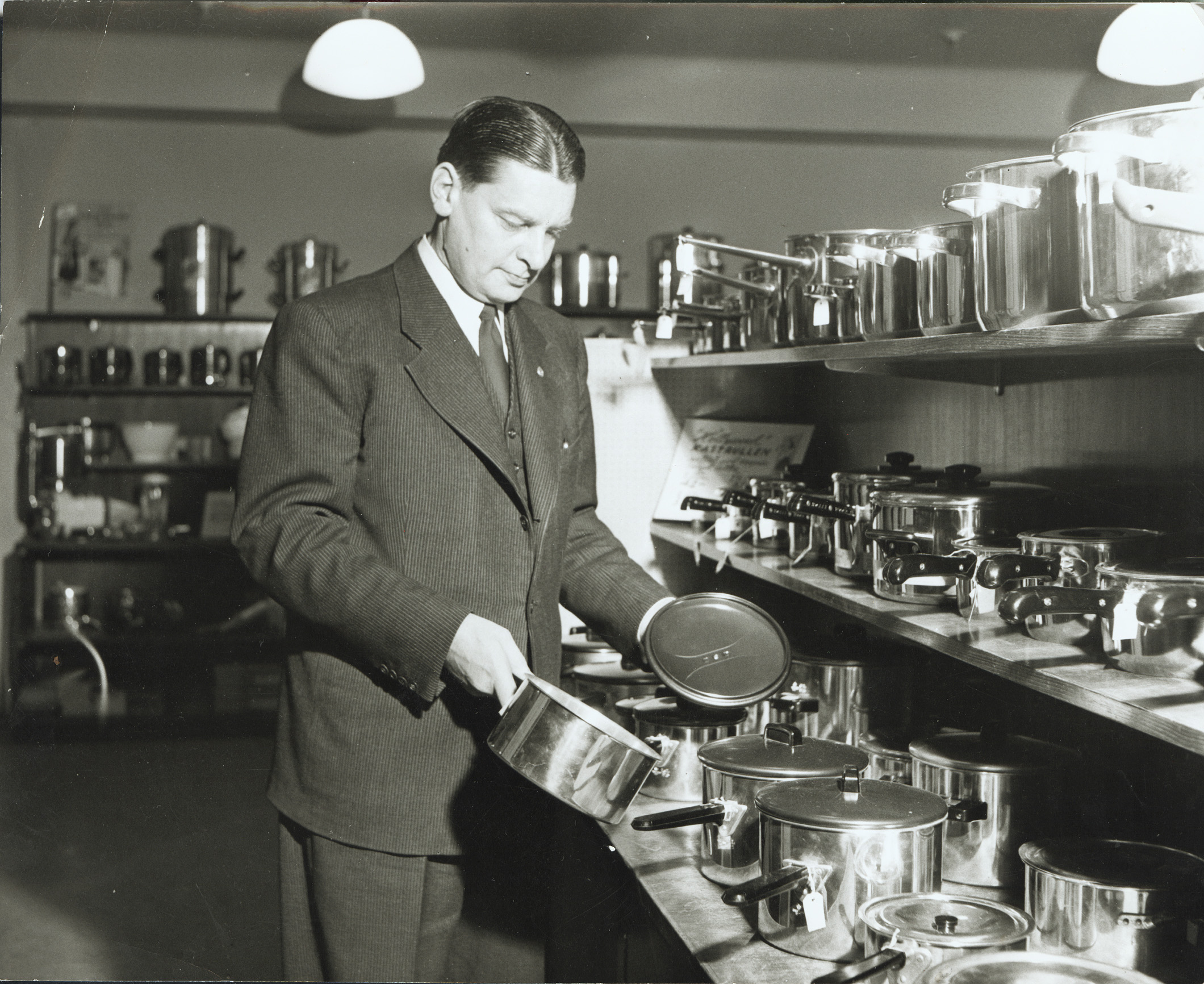
How will the anniversary be celebrated in 2025?
We will celebrate during the anniversary week starting September 22, the date the store originally opened, but also throughout the year with activities that connect to NK’s history while showcasing our vision for the future. There will be exhibitions about NK’s history, exclusive launches, collaborations, and events such as our popular member evening which attracts over 7,000 visitors, engaging both our customers and partners. The focus is as much on honoring the past as giving a glimpse of what is to come.
For many, NK is more than just a department store, it is a meeting place and a symbol. What do you think is the secret behind its lasting appeal?
The combination of tradition and renewal. We have a strong identity and history that people recognize and have memories of, while constantly evolving. NK is a place where people can be inspired, meet others, and enjoy the best in fashion, design, food, and culture. This creates a unique appeal that few other places can offer.
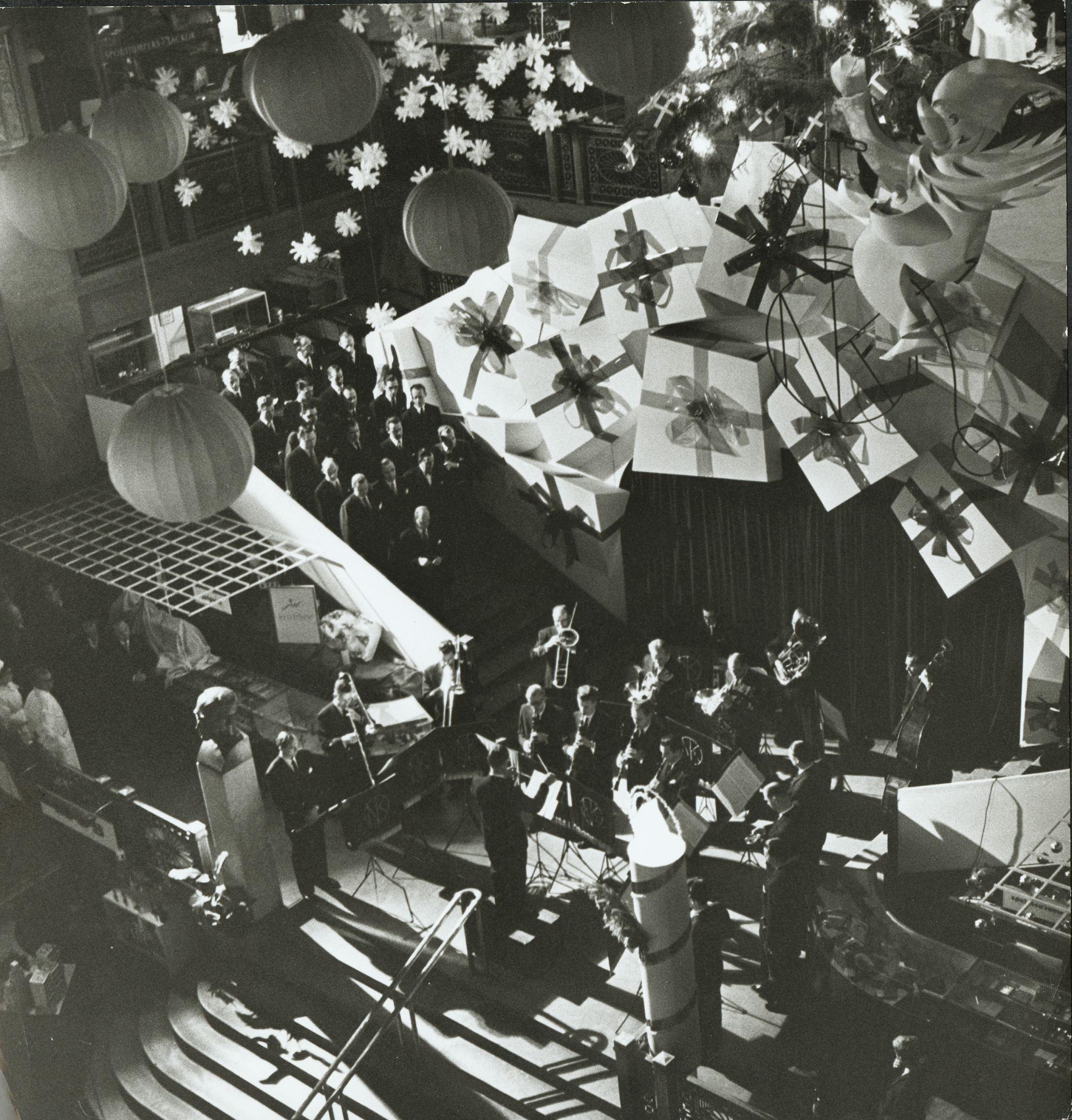
Looking 110 years ahead, how do you hope NK will look then?
We hope that NK will still be an iconic meeting place in the heart of Stockholm, but in a form shaped by the customers of the future. Just as we today look back at 1915 with pride, we hope that in 2135 people will be able to say, “NK has always been part of our city, our time, and our experiences.” And of course, that the building still stands on Hamngatan as a symbol of Stockholm’s openness to the world, with new ways to shop, meet, and explore, yet with the same spirit that has made NK an icon for over a century.


